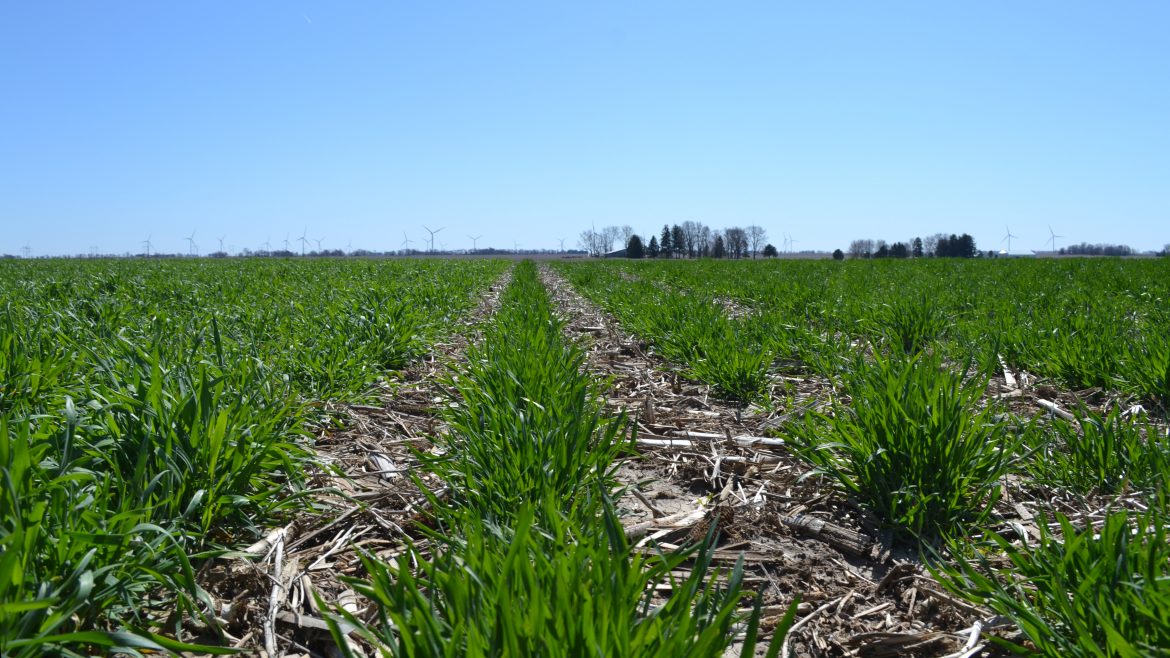The United States has announced plans to double its cover crop plantings to 30 million acres by 2030 under a new Department of Agriculture (USDA) conservation program which was launched on Monday, January 10.
Cover crop plantings have rapidly expanded in recent years as some large agricultural companies launched carbon farming programs that pay farmers to adopt more environmentally friendly practices.
The country’s agency’s Natural Resources Conservation Service (NRCS) is expected to spend $38 million to help farmers in 11 states plant crops at a time fields are often left fallow, which can bolster soil health, limit soil erosion and capture and store carbon.
Read also: Excitement as Int’l Energy Agency to consider making database freely accessible
The investment which is made through a partnership with the United Soybean Board, National Corn Growers Association, National Pork Board and others, is the latest farm-level effort by the Biden administration meant to address climate change.
USDA Secretary, Tom Vilsack announced the Environmental Quality Incentives Program’s Cover Crop Initiative, at the American Farm Bureau Federation’s annual convention in Atlanta.
While the most recent USDA Census of Agriculture showed 15.4 million acres of cover crops were planted in 2017, a fraction of overall acreage devoted to agriculture, Rob Myers who is director for the Center for Regenerative Agriculture at the University of Missouri, estimates plantings were as high as 22 million acres in 2021.
Those involved in farming and ranching across Arkansas, California, Colorado, Georgia, Iowa, Michigan, Mississippi, Ohio, Pennsylvania, South Carolina and South Dakota will be eligible for incentives under the program, which USDA said it aims to expand in coming years.
